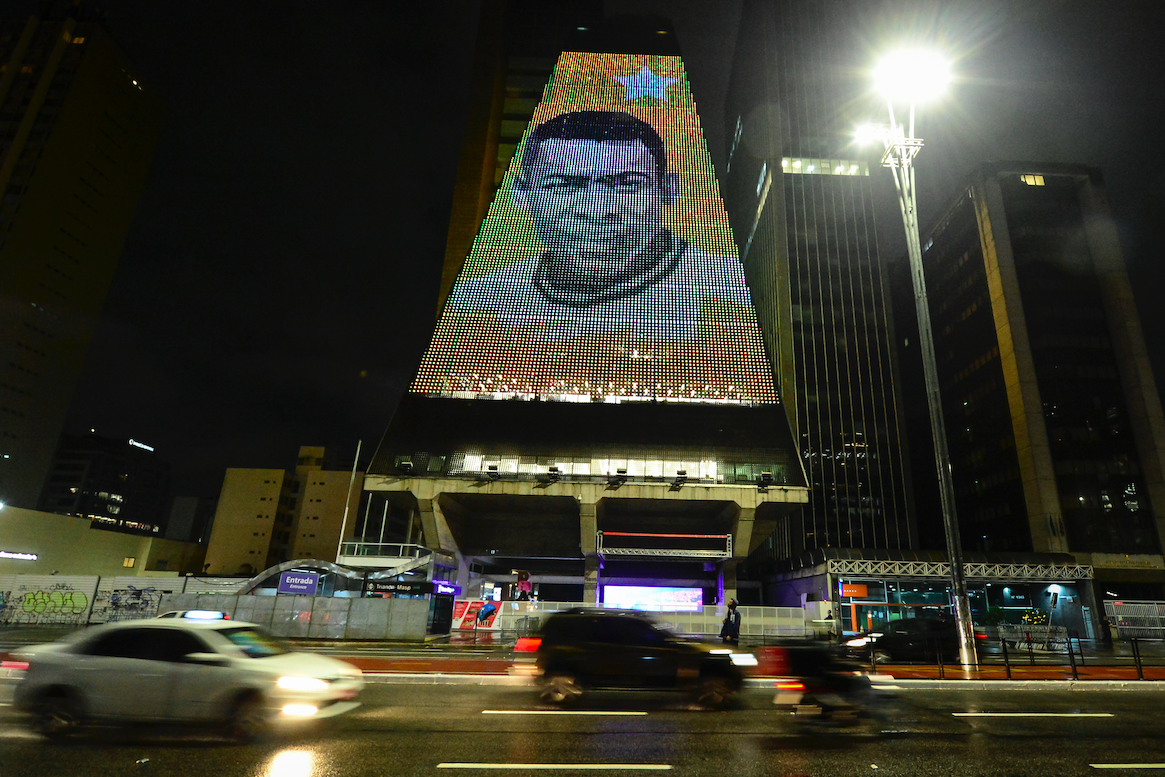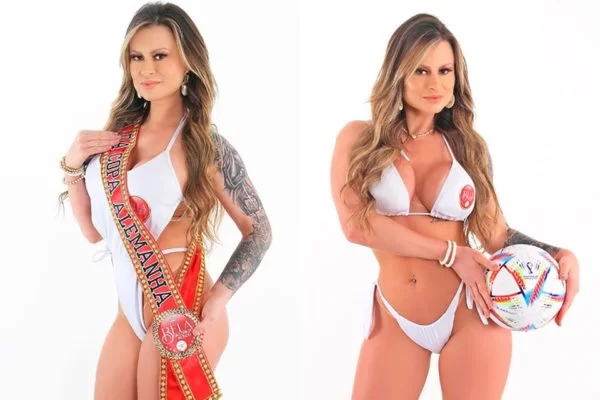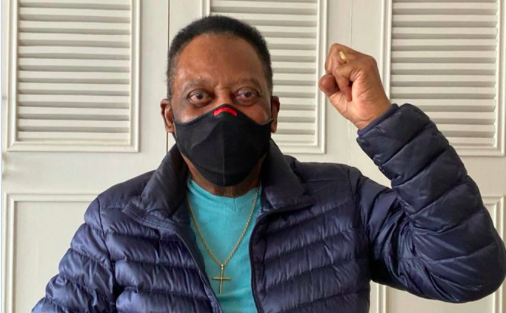Although basketball is slowly closing in on it, the sport of soccer remains the most popular spectator sport in the world, with countries from every populated continent having competed in the World Cup soccer tournament since its inception in 1930. Just as is the case with professional sports in the United States, impoverished people from across the globe still see a life in sports as a way out of the ghetto. With that being said, there’s no wonder why the best player to ever have played the game is of Afro-Brazilian descent. For the uninformed, that person is Pele.
Historically, many of Brazil's most accomplished players have been of Afro-Brazilian descent or were of mixed race ancestry. That’s not surprising when considering that the nation is 43 percent mulatto (mixed white and black ancestry) and 7.6 percent Black. That means people of African ancestry make up over half the country’s population. That’s a greater percentage than here in the United States by a very wide margin. Chances are, “The Girl from Ipanema” that was mentioned in the world famous bossanova song of the same name, was probably a sister as well.
In a recent article regarding the prevalence of racism in host country Brazil posted by The Root, a Brazilian scholar studying in the United States summed it up this way.
“The darker a person is in Brazil, the more racism she or he is going to suffer. Light-skinned black people don’t identify as black most of the time,” says Daniela Gomes, a black Brazilian activist who is currently pursuing a doctorate in African Diaspora studies at the University of Texas. “A lot of people choose to deny their blackness. They don’t believe they are black, but they suffer racism without knowing why.”
Despite the demographics that are apparent in Central and South America for historic and socio-economic reasons, some people are still stunned by the racial makeup of some of the teams that have taken the field in the 2014 World Cup.
Colombia is a prime example of this. Though it is considered a country of Spanish and Indian ancestry, four of its 11 starters are clearly of African ancestry. What some may not recall is Colombia borders the country of Panama in the north, which itself is 14 percent of African ancestry. There is still a very sizable Black population in Colombia, and in addition, a sizable population of mulattoes and zambos (individuals who have mixed African and Native ancestry). Twenty one percent of Colombia’s population has some African blood. Mezitos, those with mixed Caucasian and Native blood, make up the majority of the population. However, the over representation displayed on the team shows how valued they are for their athletic ability as well. A similar scenario can be found regarding the Ecuadorian World Cup team.
Nine of its 11 starters appear to be of African ancestry, but Black people only make up 7 percent of that nation’s population. The Honduran National Team is constructed in a similar fashion, with at least six of its 11 starters appearing to be of African ancestry somewhere down the line. Yet they make up only 2 percent of the overall population. The only outlier of these teams is Argentina, whose starters do not feature a single Brown face. Official estimates state that the Afro-Argentine population stands at less than one percent despite hundreds of thousands African slaves being transported to the country in its early existence. Speculation for the modest numbers today range from the disproportionate amount of slaves and freed Africans who were conscripted into the army and drawn into bloody wars with its neighbors, to epidemics of yellow fever and malaria that often struck poor communities with inadequate drainage and sewer management, to many contemporary Argentineans simply denying that they have any African ancestry at all. A box to claim African ancestry was only added to the Argentinean national census in 2010. The traditional attitude toward individuals of African descent in Argentina can best be summed up by the 19th century poem “The Way” by Jose Hernandez
God made whites
Saint Peter made mulattos
The devil made blacks as the smut of Hell.
However, one cannot simply point out this matter without acknowledging that racist attitudes and discrimination against Blacks in South America are not solely an Argentinean phenomenon. Inequality rules the day for Black people in Brazil, Colombia and Honduras. Sports teams have long been the first societal institutions to accept people of African descent in the United States, as well as other countries with large Caucasian populations. People are so fanatical about their sports teams that inclusion of Blacks who excel helps soothe a fan base that may have otherwise been opposed or indifferent to individuals of African descent in the greater society.
Meanwhile, many people of African descent use sports as a way out of a bad economic situation. So it’s a win-win right? Not necessarily. With few other non-sports related opportunities to take advantage of, many young would-be soccer stars of African descent return to their neighborhoods depressed and uninspired as to their roles in the greater society. Not everyone is good enough to make it. Generally speaking, if the men of a community are depressed, then the women of a community are depressed and it goes without saying the children will most likely follow suit.
As we watch the 2014 World Cup unfold before our very eyes, a lesson of socio-economic inequality and flat out racism is apparent for all who wish to see it. And what of those fans who are not of Latin American descent? As was reported here at The Shadow League on several occasions, soccer fans are among the most rabidly racist of any sports fan base. So much so that The World Cup governing body FIFA has placed "Say No to Racism" banners on players jerseys and on signs throughout arena. But that hasn't stopped standard hooliganism from becoming full blown racism. German fans have a considerable neo-Nazi percentage, with many taunting their dark-skinned competitors by wearing black face and uttering racist chants throughout the match. With the World Cup being the most popular sporting event in the world, the display of racism in the audience and on the teams themselves is a sobering survey on the state of global racial intolerance. Even Mexico, whose fanbase are descendants of dark-skinned Native Americans and Europeans, have entered into the fray.
According to the UK Telegraph, FIFA representatives gathered in Maracana, Brazil on Wednesday to launch a new “Say No To Racism” video in light of the appalling acts of racism displayed by fans of Brazil, Mexico, Croatia and Germany. The video will feature soccer elites Lionel Messi, David Luiz and the greatest of all-time, Pele. The video will screen at the quarter-final stadiums throughout the weekend matches. However, things started falling about pretty quickly as FIFA is now being accused of not wanting to point out this glaring tumor on the face of the “Beautiful Game”.
Claims fielded by task force leader Jeffrey Webb at the organization’s failure to do anything about this matter.
“It is obvious there is a disconnect between what we in the task force deem as racism and discrimination and what the disciplinary committee deems as racism and discrimination,” Webb said during a press conference.
It's time for everyone to come together and eliminate the dark blemish of racism that is tarnishing the "Beautiful Game".
After all, the ball is made up of many colors, is it not?



